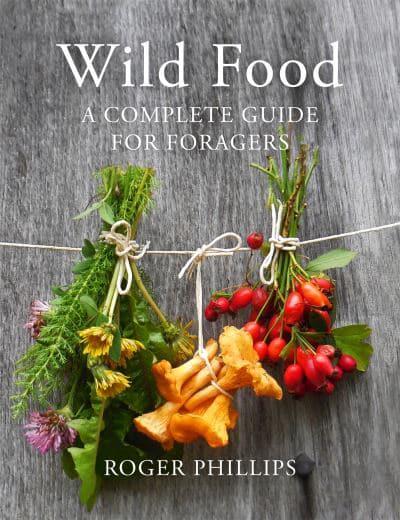Here at Ballymaloe Cookery School, we’ve been doing Foraging courses throughout the seasons for over twenty years and we all continue to add to our knowledge of the abundance of wild and free food all round us.
Pretty much everyone recognises dandelions, I regularly urge people to nibble at least one dandelion leaf a day or pop some into a green salad – full of vitamins A, C, and K, calcium and iron.
Gardeners will be cursing chickweed at present, it romps around the garden between the vegetables and in flower beds. Where others ‘see weeds, we see dinner’. Pick the chickweed and add to salads or wilt it like spinach, add to mashed potato, risotto or pasta. It too is highly nutritious. There’s several varieties of wild sorrel about too, buckler leaf sorrel, lambs tongue sorrel and common field sorrel. There’s masses of fluffy meadow sweet along the roadside at present, it will last into early autumn – use to flavour panna cotta, lemonade, custards…Watch out for wild mushrooms too, I found just one ‘field’ mushroom yesterday but they usually pop up in warm muggy weather in fields or even on lawns that haven’t had chemicals added. The flavour is exquisite, don’t waste a scrap. Chop or slice a glut (including the stalks), sauté and freeze to add to a stew or make into a ketchup.
If you’d like to learn more about foraging on land and along the seashore, perhaps you would like to join me on August 6th for a Summer Foraging course. You’ll learn how to identify and use over forty seasonal wild food plants, flowers, as well as many foraged foods from the hedgerows. Free ingredients, fresher and tastier and often more nutritious than almost anything you will find in the shops. A walk in the countryside will never be the same again. Where you previously saw weeds, you’ll now see dinner!
Suitable for chefs, professional foragers or for anyone with an interest in foraging for pleasure.
Numbers are limited, so booking essential - book online or by phone 021 4646785
***
If you’re a newbie to foraging, be careful – don’t nibble anything you are unsure of, and introduce foraged food gradually into your menu, better not to binge at first.
Buy a good beginner's guide to foraging.





